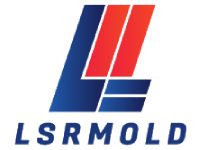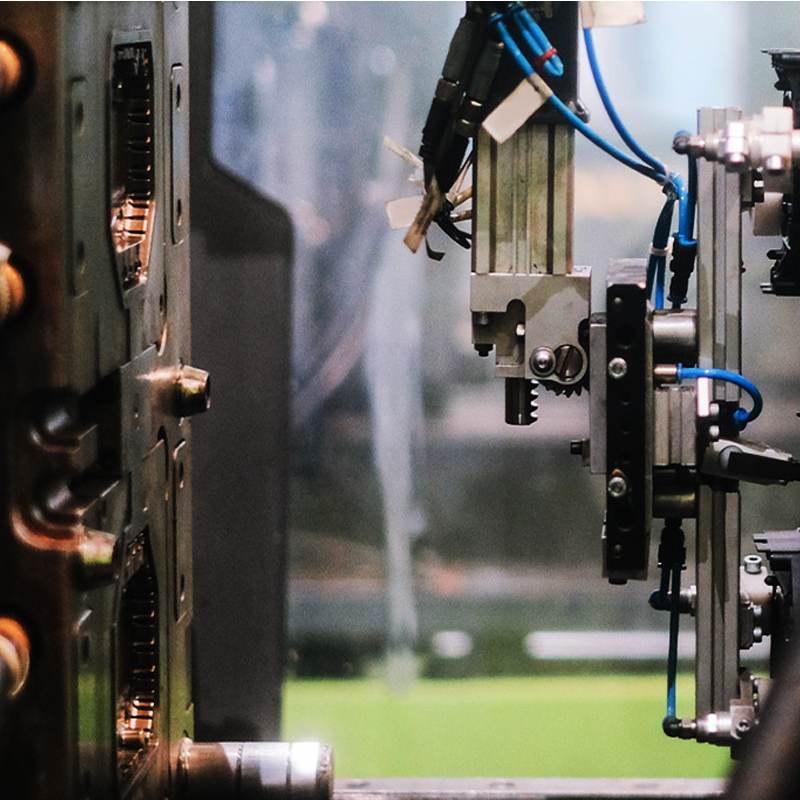In the ever-evolving landscape of the injection molding industry, innovation is at the forefront of pushing manufacturing boundaries. Multi-shot injection molding represents one such groundbreaking advancement, offering manufacturers the ability to produce complex, multi-material, and multi-color components in a single molding cycle. This technique not only allows for higher precision but also provides unprecedented design flexibility, making it an indispensable process in various industries, from automotive to consumer electronics. At LSRmold, we’ve harnessed the power of multi-shot injection molding to offer our clients high-quality, durable, and intricately designed products that meet the demands of modern manufacturing.
What is Multi-Shot Injection Molding?
Multi-shot injection molding, sometimes referred to as multi-color injection molding, involves the process of injecting two or more materials or colors into a single mold, layer by layer. This technique is typically used to create complex parts that require different material properties in a single component. The process can be used to combine hard and soft plastics, or even different types of hard plastics, in a single molded part, eliminating the need for secondary operations such as assembly or bonding.
An example many people interact with daily is the toothbrush, where the handle is often produced using dual-color molding. The hard plastic body (such as polypropylene) is molded first, followed by the soft thermoplastic elastomer (TPE) used to provide a comfortable grip. This combination of materials in a single mold enhances functionality and design while streamlining production.
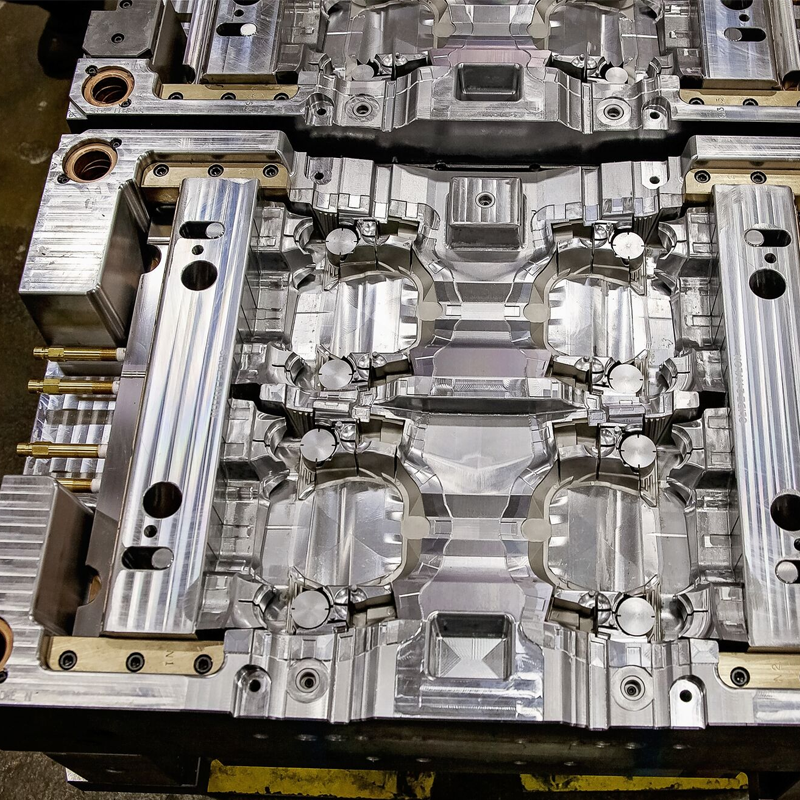
Evolution of Multi-Shot Molding: From Dual-Color to Multi-Material Mastery
As products have become more intricate and complex, the demand for multi-shot injection molding has grown. Originally, dual-color molding was the standard, but the rise of tri-color and quad-color molding machines has opened new doors in product design.
Two-Station vs. Three-Station Machines: A Key Design Consideration
In multi-shot injection molding, the machines used to inject multiple materials are often classified into two types: two-station and three-station machines.
– Two-Station Machines: These machines are designed with a rotating turntable that can position the mold in two places. During a cycle, two out of the three injection units simultaneously inject material into the mold. This type of machine is commonly used when the product structure allows for different materials to be molded in adjacent sections without requiring precise mold rotation between shots.
– Three-Station Machines: These machines use a more advanced turntable, rotating the mold in three positions. Each of the three injection units is dedicated to injecting a separate material, which is ideal when all sections of the product need to be molded with adjacent boundaries. The increased precision of three-station machines allows for more complex designs, although they come with higher production costs due to the advanced technology and greater precision required.
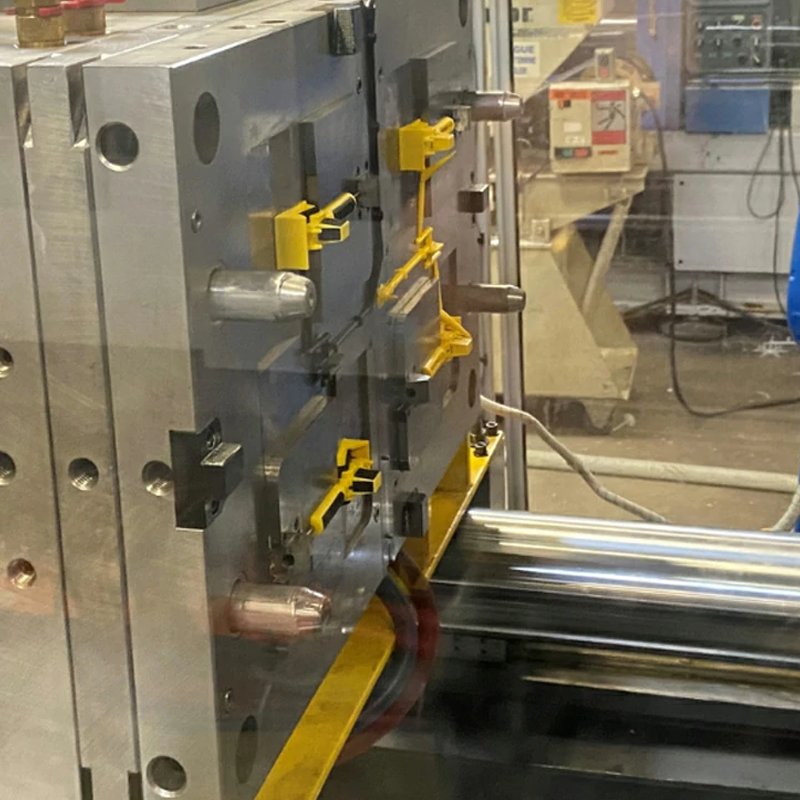
At LSRmold, we specialize in using both two- and three-station machines, depending on the complexity and requirements of the product. Our expertise in selecting the right machine for the job ensures that we can deliver cost-effective solutions without compromising on quality or precision.
The Benefits of Multi-Shot Injection Molding
The benefits of multi-shot injection molding are numerous, especially in industries where design complexity and material functionality are critical. Key advantages include:
- Design Flexibility: Multi-shot molding allows for the integration of multiple materials or colors, each with distinct properties, in a single part. This flexibility enables designers to create parts with enhanced functionality and aesthetic appeal, without needing to rely on secondary operations like assembly or bonding.
- Cost Efficiency: By eliminating the need for secondary operations, multi-shot molding significantly reduces production costs. The process also shortens lead times, as parts can be produced in a single molding cycle.
- Improved Part Performance: The ability to combine materials with different properties, such as hard and soft plastics, improves the overall functionality of the part. For example, combining a rigid plastic with a soft elastomer can create a component with enhanced grip, flexibility, and durability.
- Streamlined Manufacturing: Multi-shot molding minimizes the number of steps involved in production, which not only reduces costs but also increases overall process efficiency. This is especially beneficial for high-volume manufacturing runs, where time and cost savings can have a significant impact on the bottom line.
- Enhanced Aesthetics: With multi-color injection molding, products can have different colors or finishes integrated seamlessly into a single part, providing more design options and visual appeal.
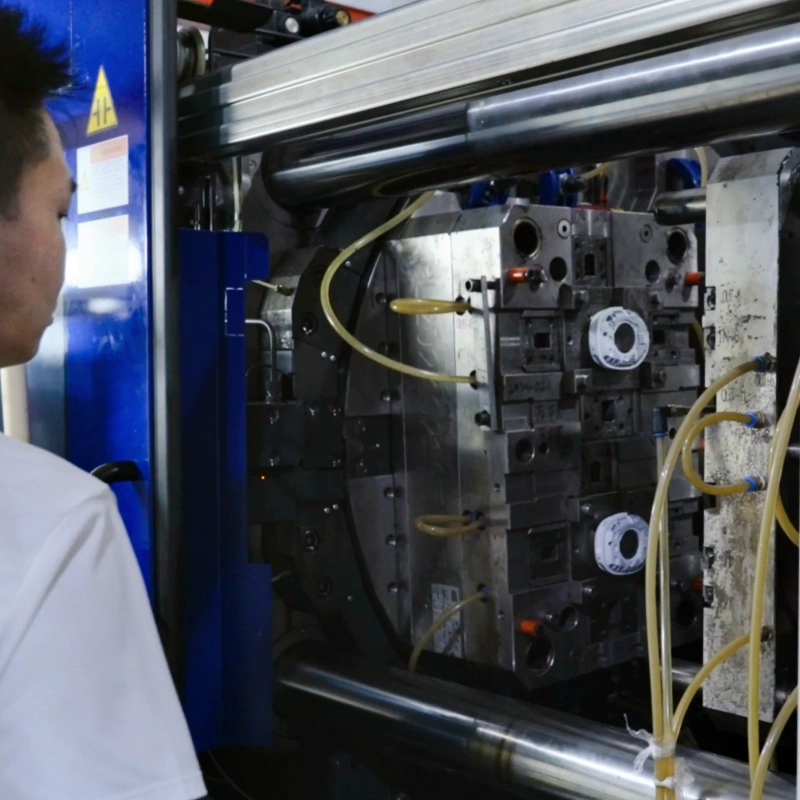
Key Design Considerations in Multi-Shot Molding
Creating successful multi-shot molded products requires careful planning and attention to detail. At LSRmold, we follow a set of guiding principles to ensure that every multi-shot part meets the highest standards of quality, performance, and design integrity.
Material Compatibility
One of the most critical aspects of multi-shot molding is selecting materials that are compatible with one another. The different materials must be able to bond effectively during the molding process. In our work, we ensure that materials like TPE, PP, ABS, and others are chosen for their compatibility and ability to adhere to one another during the injection molding cycle.
Designing for Bonding Strength
In multi-material products, especially those with soft and hard plastic components, achieving a strong bond between materials is essential. At LSRmold, we focus on optimizing the design to maximize the surface contact area between the different materials. This often involves creating strategic recesses, ribs, and texture features in the mold that increase the strength of the bond between the materials.
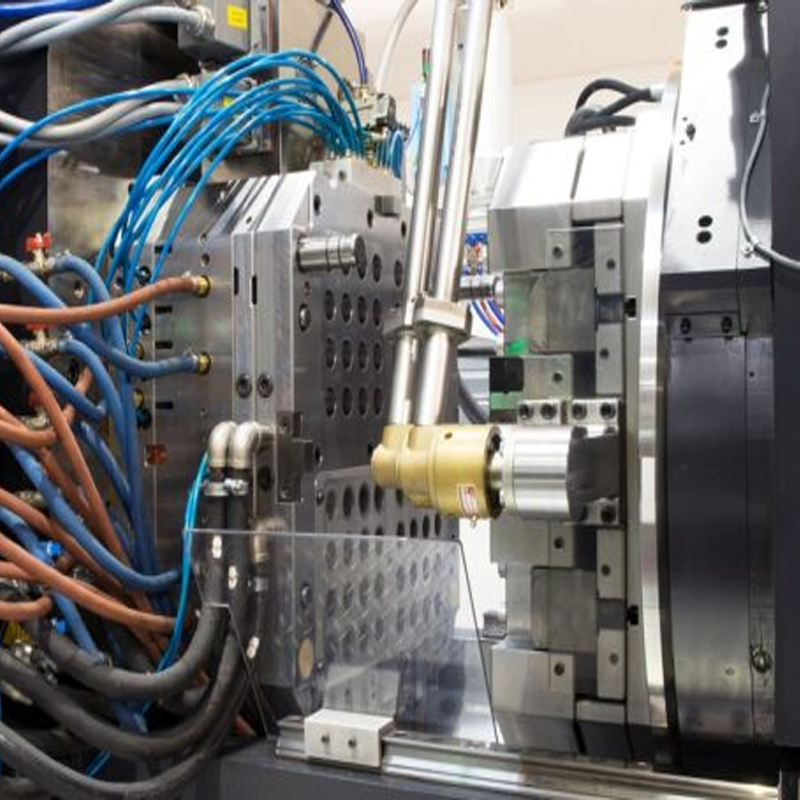
Seal Position Design
The junction between hard and soft plastics is a critical area in multi-shot molding, as it can affect both the strength and appearance of the product. A good design avoids “feathering” at the seal position, which can lead to poor adhesion and warping. We ensure that our designs incorporate distinct steps or recesses at the seal positions to maintain consistent wall thickness and ensure proper bonding.
Optimal Wall Thickness and Surface Texture
Designing for the appropriate wall thickness is crucial, particularly when using materials like TPE, which can be expensive. We work with our clients to strike the right balance between functional requirements and material costs. Additionally, surface texture is an essential consideration. A textured surface can improve tactile feel and hide imperfections, making the final product more aesthetically pleasing.
LSRmold’s Expertise in Multi-Shot Injection Molding
At LSRmold, we are at the cutting edge of multi-shot injection molding technology. Our in-depth knowledge of the process, paired with our state-of-the-art machinery, allows us to offer a wide range of multi-shot capabilities, from dual-color to multi-material components. Here are a few key advantages that set us apart:
– Advanced Equipment: We utilize both two- and three-station machines, ensuring that we can cater to a variety of product designs and complexity levels.
– Precision Manufacturing: Our commitment to precision ensures that every product is molded to exact specifications, with tight tolerances and exceptional surface quality.
– Material Expertise: With years of experience working with various materials, we understand how to optimize material selection for bonding, performance, and cost-efficiency.
– Full-Service Capabilities: From initial design to final product delivery, LSRmold provides end-to-end services, including mold design, prototyping, production, and quality control.
– Sustainability: We’re committed to eco-friendly practices, utilizing energy-efficient processes and sustainable materials whenever possible.
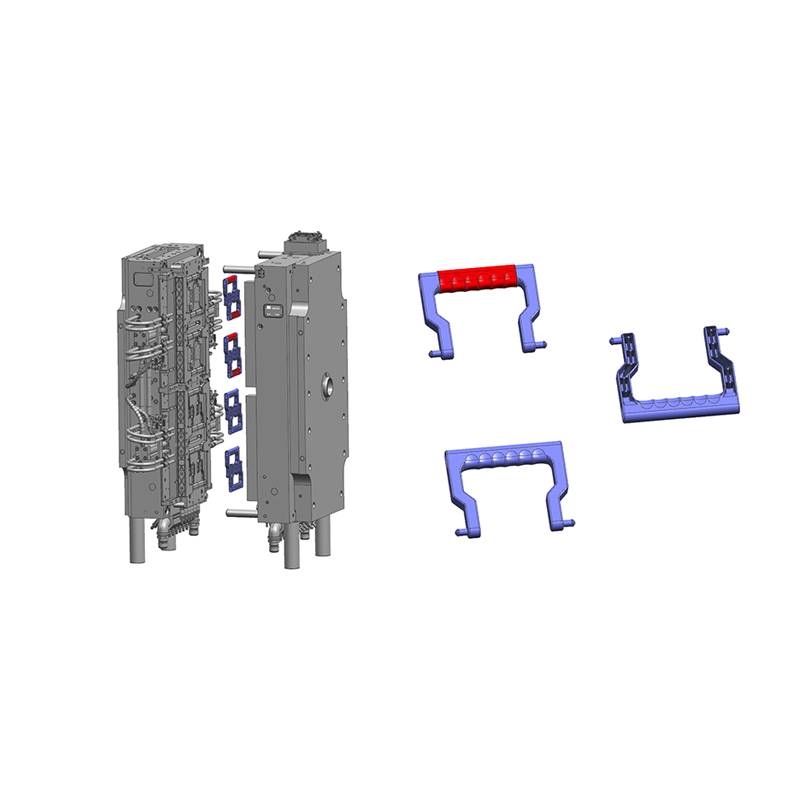
Conclusion
Multi-shot injection molding is revolutionizing the way manufacturers design and produce components, enabling the creation of complex, multi-material parts in a single molding cycle. At LSRmold, we are proud to be at the forefront of this innovation, offering our clients unmatched expertise and cutting-edge technology. Whether you need dual-color, multi-color, or multi-material products, our team has the skills and resources to deliver high-quality solutions that meet your design and performance requirements. By partnering with LSRmold, you gain access to a trusted expert who can help you navigate the future of injection molding with precision, efficiency, and excellence.
Contact us today to learn more about how multi-shot injection molding can transform your manufacturing process.
